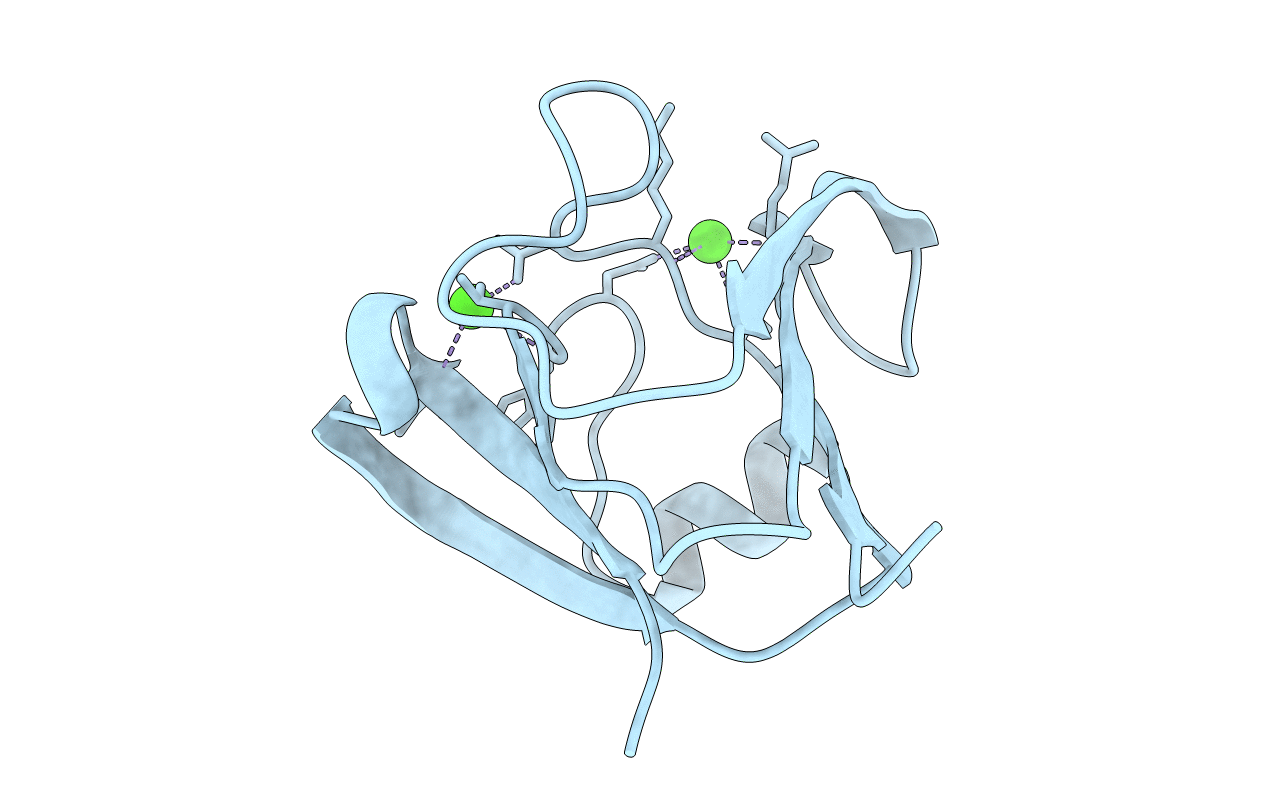
Deposition Date
2009-07-14
Release Date
2009-12-01
Last Version Date
2023-11-01
Entry Detail
PDB ID:
3IAJ
Keywords:
Title:
Crystal structure of a betagamma-crystallin domain from Clostridium beijerinckii-in alternate space group I422
Biological Source:
Source Organism:
Clostridium beijerinckii (Taxon ID: 290402)
Host Organism:
Method Details:
Experimental Method:
Resolution:
2.10 Å
R-Value Free:
0.25
R-Value Work:
0.22
Space Group:
I 4 2 2


